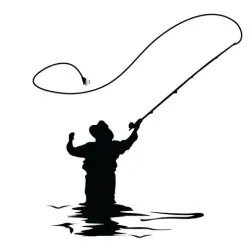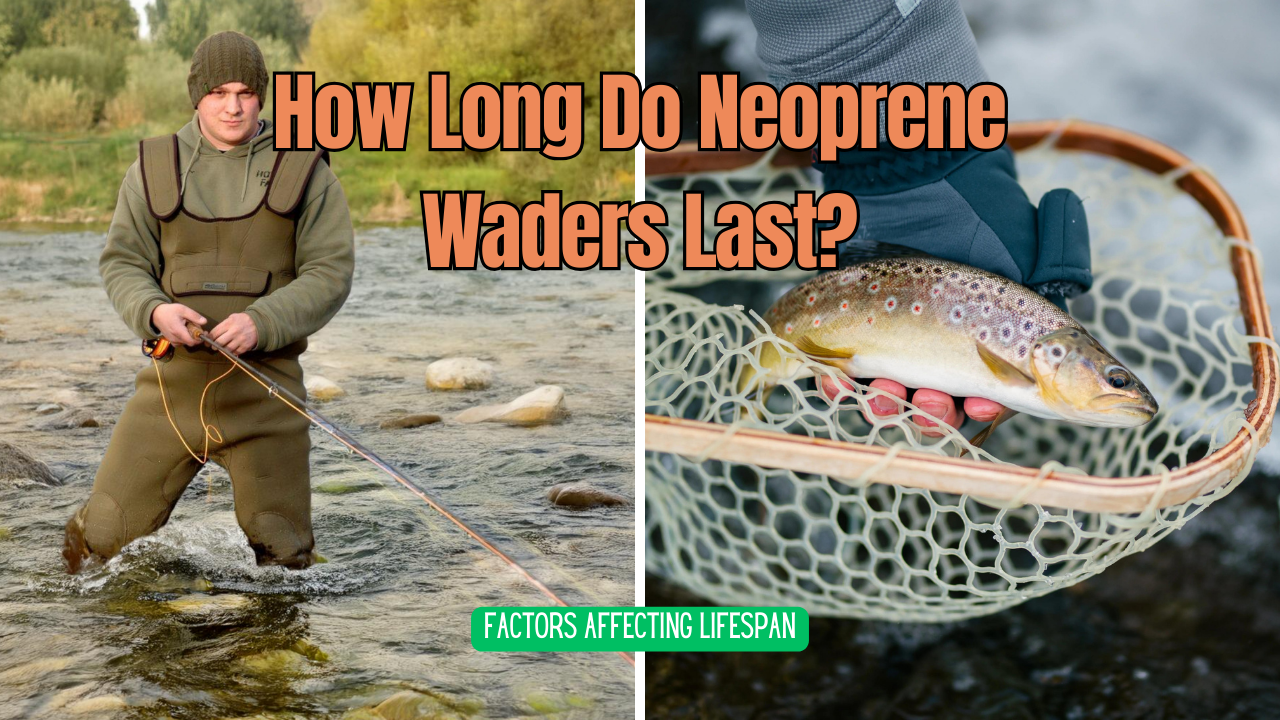When it comes to choosing the right waders, the debate between neoprene and rubber waders is a hot topic in many forums and communities dedicated to fishing and hunting. Whether you're duck hunting in cold water or fishing in warm weather, the type of waders you choose can significantly impact your comfort and performance. This article will delve into the pros and cons of neoprene and rubber waders, helping you make an informed decision.
Key Takeaways:
- Neoprene waders offer superior insulation and are ideal for cold weather conditions.
- Rubber waders are durable and provide excellent waterproofing, making them suitable for various environments.
- Choosing between neoprene and rubber waders depends on specific needs such as weather conditions, activity type, and personal comfort preferences.

Neoprene Waders: The Insulation Champions
Neoprene waders are known for their excellent insulation properties. Made from a synthetic rubber material, neoprene waders are designed to keep you warm in cold weather conditions. This makes them a popular choice for activities like duck hunting and cold water fishing.
One of the standout features of neoprene waders is their ability to trap body heat. This is particularly beneficial when you're spending long hours in cold water. Additionally, neoprene waders are often lined with fleece, adding an extra layer of warmth. However, this insulation can be a double-edged sword, as neoprene waders can become uncomfortably warm in hot weather.

Rubber Waders: The Durability Experts
Rubber waders are renowned for their durability and waterproofing capabilities. Unlike neoprene, rubber waders are made from a more rigid material, which makes them less prone to punctures and tears. This durability makes rubber waders a reliable choice for rugged environments and activities that involve a lot of walking or wading through dense vegetation.
Another advantage of rubber waders is their ease of cleaning. Mud, dirt, and other debris can be easily washed off, making maintenance a breeze. However, rubber waders lack the insulation properties of neoprene, which means they are not the best choice for cold weather conditions.
Breathability: Neoprene vs. Rubber
When it comes to breathability, neoprene waders fall short. The material is not breathable, which means moisture and sweat can build up inside the waders, making them uncomfortable to wear for extended periods. This is particularly problematic in warm weather, where the lack of breathability can lead to overheating.
On the other hand, rubber waders also lack breathability but to a lesser extent. While they are not as insulating as neoprene, they still trap some heat and moisture. For those seeking more breathability, breathable waders made from materials like Gore-Tex are a better option. These waders allow moisture to escape while keeping water out, providing a more comfortable experience in various weather conditions.
Comfort and Fit
Comfort is a crucial factor when choosing between neoprene and rubber waders. Neoprene waders are generally more flexible and form-fitting, providing a snug fit that moves with your body. This flexibility makes them a popular choice for activities that require a lot of movement, such as fishing and duck hunting.
Rubber waders, on the other hand, are more rigid and can feel bulky. While they offer excellent protection and durability, they may not provide the same level of comfort as neoprene waders. However, some rubber waders come with adjustable straps and belts, allowing for a more customized fit.
Weight and Mobility
Weight and mobility are important considerations, especially if you plan on covering long distances while wearing waders. Neoprene waders are generally heavier than rubber waders due to their thicker material and added insulation. This extra weight can be a disadvantage if you need to move quickly or cover a lot of ground.
Rubber waders are lighter and more streamlined, making them a better choice for activities that require a lot of walking or wading. Their lightweight design allows for greater mobility, reducing fatigue during long outings.
Warmth and Insulation
When it comes to warmth and insulation, neoprene waders are the clear winner. The thick neoprene material provides excellent insulation, keeping you warm even in the coldest conditions. This makes neoprene waders a popular choice for winter fishing and duck hunting.
Rubber waders, while durable and waterproof, do not offer the same level of insulation. They are better suited for milder weather conditions or activities where warmth is not a primary concern. For added warmth, you can wear fleece wader pants or other insulating layers underneath your rubber waders.
Durability and Longevity
Durability is a key factor to consider when choosing between neoprene and rubber waders. Neoprene waders are generally less durable than rubber waders, as the material is more prone to punctures and tears. However, high-quality neoprene waders with reinforced seams and knees can offer improved durability.
Rubber waders are known for their toughness and longevity. The rigid rubber material is resistant to punctures and abrasions, making them a reliable choice for rugged environments. With proper care and maintenance, rubber waders can last for many years.
Versatility and Use Cases
Neoprene waders are versatile and can be used in a variety of settings. Their excellent insulation makes them ideal for cold weather activities, while their flexibility and comfort make them suitable for fishing, hunting, and other outdoor pursuits.
Rubber waders are also versatile but are better suited for specific use cases. Their durability and waterproofing make them a great choice for activities that involve a lot of walking or wading through rough terrain. However, they may not be the best option for cold weather conditions.
Cost and Value
Cost is an important consideration when choosing between neoprene and rubber waders. Neoprene waders tend to be more expensive due to their insulation properties and added features. However, the investment can be worth it if you frequently engage in cold weather activities.
Rubber waders are generally more affordable and offer excellent value for their durability and waterproofing capabilities. If you need a reliable pair of waders for occasional use or milder weather conditions, rubber waders are a cost-effective option.
Maintenance and Care
Proper maintenance and care can extend the lifespan of your waders, regardless of the material. Neoprene waders require more care due to their susceptibility to punctures and tears. It's important to rinse them thoroughly after each use and store them in a cool, dry place.
Rubber waders are easier to maintain, as they can be easily cleaned with soap and water. However, it's still important to inspect them regularly for any signs of wear and tear and to store them properly to prevent damage.
Community Insights and Recommendations
The fishing and hunting community is a valuable resource for insights and recommendations on waders. Forums and online communities dedicated to these activities often have threads discussing the pros and cons of neoprene and rubber waders. Top contributors and experienced users can provide valuable advice based on their personal experiences.
For example, a popular duck hunting forum might have an older thread discussing the best waders for cold weather. Users might share their experiences with neoprene chest waders and recommend specific brands or models. Similarly, a fishing forum might have a new thread comparing the durability and comfort of rubber waders versus neoprene waders.
Practical Examples and Case Studies
To illustrate the differences between neoprene and rubber waders, let's look at a couple of practical examples. John, an avid duck hunter, prefers neoprene waders for their excellent insulation. He often hunts in cold water and finds that neoprene waders keep him warm and comfortable throughout the day. He also appreciates the flexibility and snug fit of neoprene waders, which allow him to move freely while hunting.
On the other hand, Sarah, a passionate angler, prefers rubber waders for their durability and lightweight design. She often fishes in warmer weather and values the ease of cleaning and maintenance that rubber waders offer. Sarah also likes the fact that rubber waders are more affordable, allowing her to invest in other fishing gear and accessories.
Choosing the Right Waders for Your Needs
Ultimately, the choice between neoprene and rubber waders comes down to your specific needs and preferences. If you frequently engage in cold weather activities and prioritize warmth and insulation, neoprene waders are the better choice. However, if you need durable, lightweight waders for milder weather conditions or rugged environments, rubber waders are the way to go.
Consider factors such as weather conditions, activity type, comfort, and budget when making your decision. By carefully evaluating your needs and preferences, you can choose the right pair of waders that will enhance your outdoor experience.

Summary
Choosing between neoprene and rubber waders depends on various factors such as weather conditions, activity type, and personal comfort preferences. Neoprene waders offer superior insulation and flexibility, making them ideal for cold weather activities. Rubber waders, on the other hand, are durable, lightweight, and easy to maintain, making them suitable for rugged environments and milder weather conditions. By considering your specific needs and preferences, you can make an informed decision and choose the right pair of waders for your outdoor adventures.

FAQs
Are neoprene waders better for cold weather?
Yes, neoprene waders are better for cold weather due to their excellent insulation properties. The thick neoprene material traps body heat, keeping you warm in cold water conditions.
Can I wear rubber waders in warm weather?
Yes, rubber waders can be worn in warm weather. They are lightweight and provide good waterproofing, making them suitable for milder weather conditions. However, they may not be as breathable as other materials like Gore-Tex.
How do I maintain my neoprene waders?
To maintain your neoprene waders, rinse them thoroughly after each use to remove dirt and debris. Store them in a cool, dry place to prevent damage. Regularly inspect them for any signs of wear and tear and repair any punctures or tears promptly.
Related articles:











